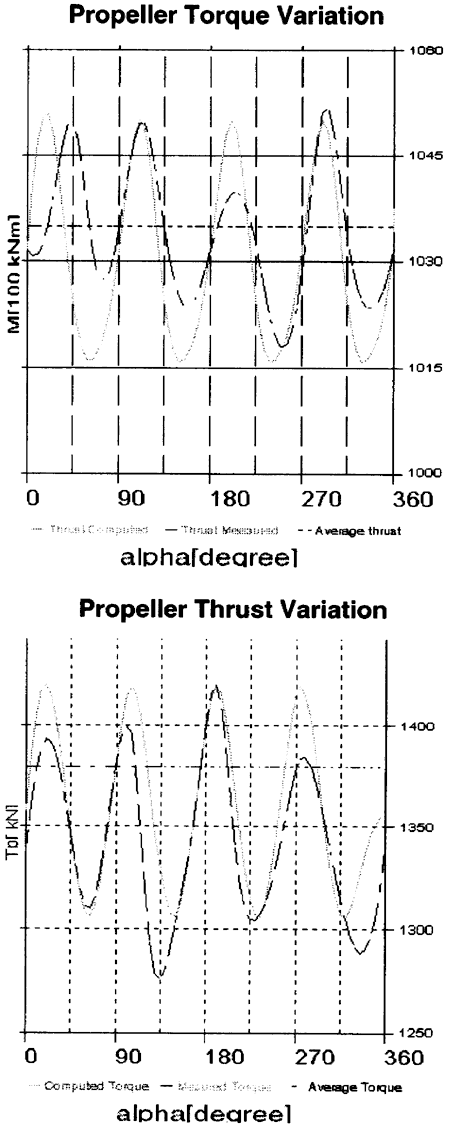Table 6. Comparison between Computed and Measured Ratio Magnitudes
As Table 6 shows, starting with he second harmonic order at the blade frequency, the contributions of higher order to the fluctuations is very small in comparison to the first order.
Furthermore one can observe the differences of amplitudes and phases between calculated and measured harmonic components, specially for the first and the second order at blade frequency; the differences regarding the thrust, almost for the first order which has more important influence on the fluctuation, are less than 3% and for all the other amplitudes do not exceed 19%, in accordance with the results reported by other researchers [2]. [8].
4. CONCLUSIONS
The main goal of both computation methods is to allow a rational design of the propeller in order to minimize entity of the excitation sources.
The first method has as most important inconvenient, in the first step of the design stage, the knowledge of the wake distribution, experimentally determined. Even the main computation steps are generally the same for both methods. The entire calculus volume and the experiments necessity may lead to the opinion of a higher time and financial expenses.
The second method of calculation for the propeller torque and thrust, based only on general data concerning the propeller (its series diagrams) and the hull (overall dimensions and block coefficient of fineness) shows an acceptable agreement with experiments performed on scaled models.
The order of magnitude for the torque and thrust fluctuations correlates well with the recommendations made by Classification Societies and with data reported by other researchers.
That points out the possibility to use a function of two variables (blade radius and angle of rotation) for simulating the circulation around the blade profile.
The magnitude and phase of the first harmonic components, at blade frequency, for torque and thrust may be quite accurately predicted by the designer of the propulsion system in order to determine the best solution for avoiding high vibration levels of the propeller shafting.

Fig. 9 Comparison between Computations and Experimental Values.
ACKOWLEDGMENTS
The author would like to thank Prof. D.P. Taraza, Wayne State University, for his valuable contributions and the Ship Research Institute ICEPRONAV Galatz. Romania for the instrumentation and facilities provided.
REFERENCES
[1] Dumitrescu, H., Georgescu. A., Dumitrache. Al., Ghita Gh., Ceanga, V., Popovici, J.S., Nicolescu, B. Propeller Computation (in Romanian), Romanian Academic Publishing House, Bucharest 1990.
[2] Popovici, J.S., Prever, R., Totolici, St., Trincas, G. Unsteady Hydronamics Propeller Forces, Tecnica italian, no. 2, Trieste, 1993.
[3] ***Excitation Forces from Cavitating Marine Propeller, NV-570 Computer program, Det Norske Veritas.
[4] Wareldsma, R. Comparative Tests on Vibrator Propeller Forces, Propellers'78. SNAME Symposium, 1978.